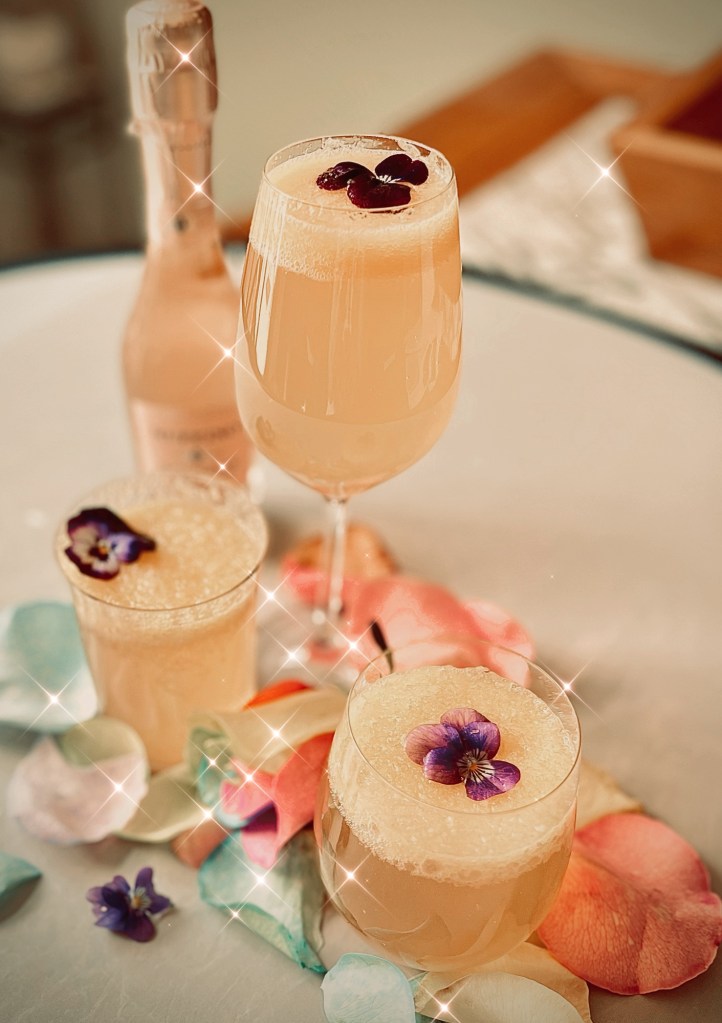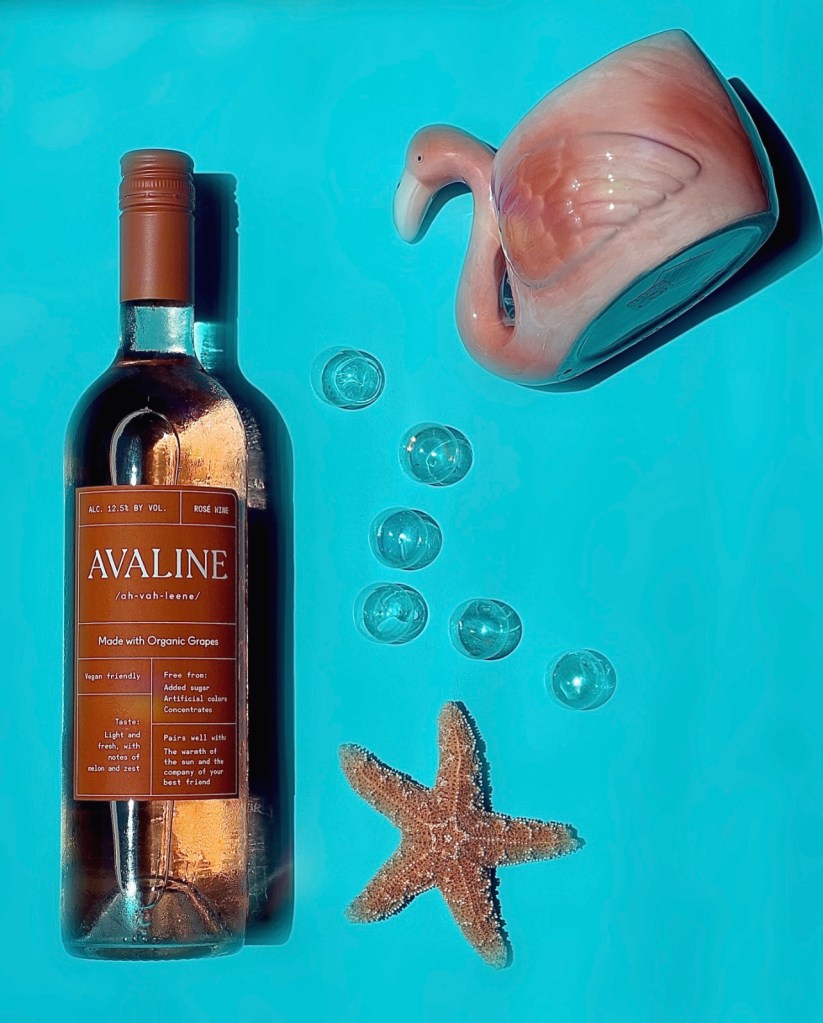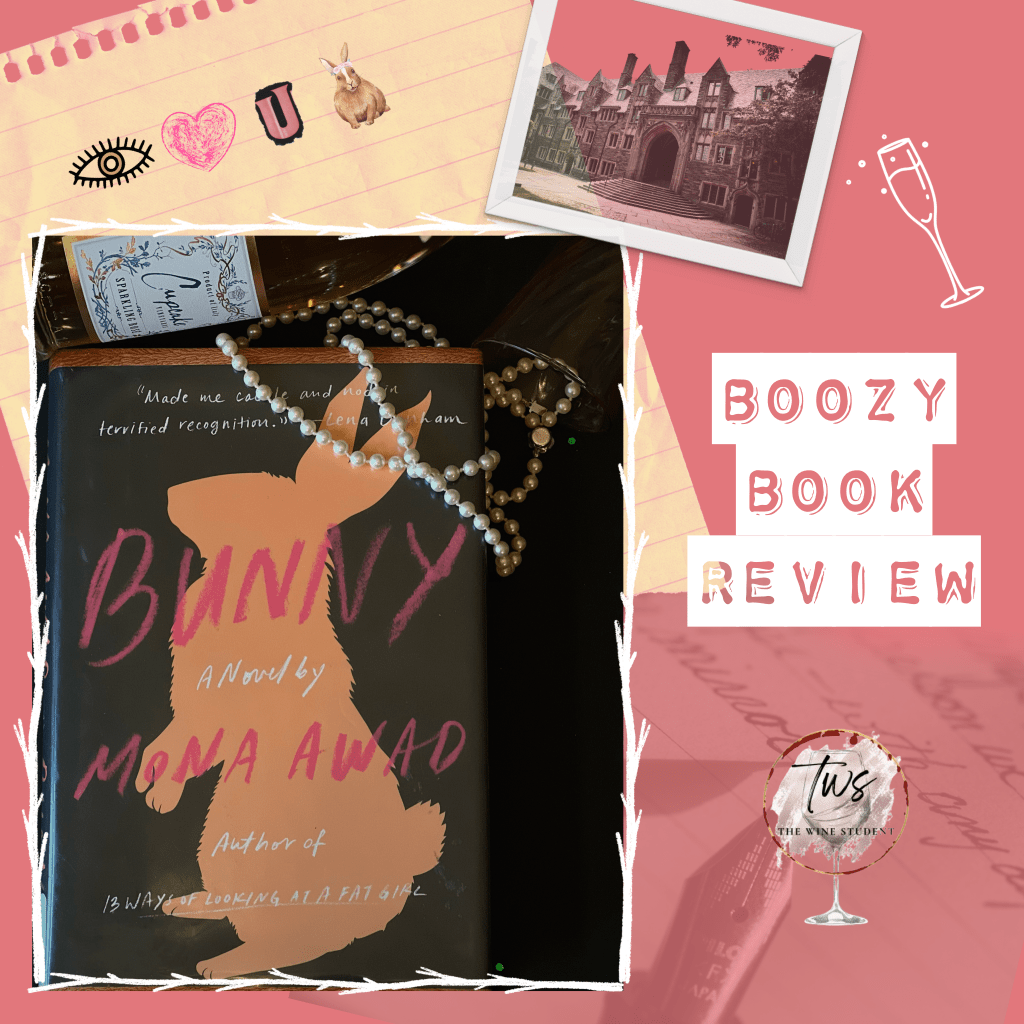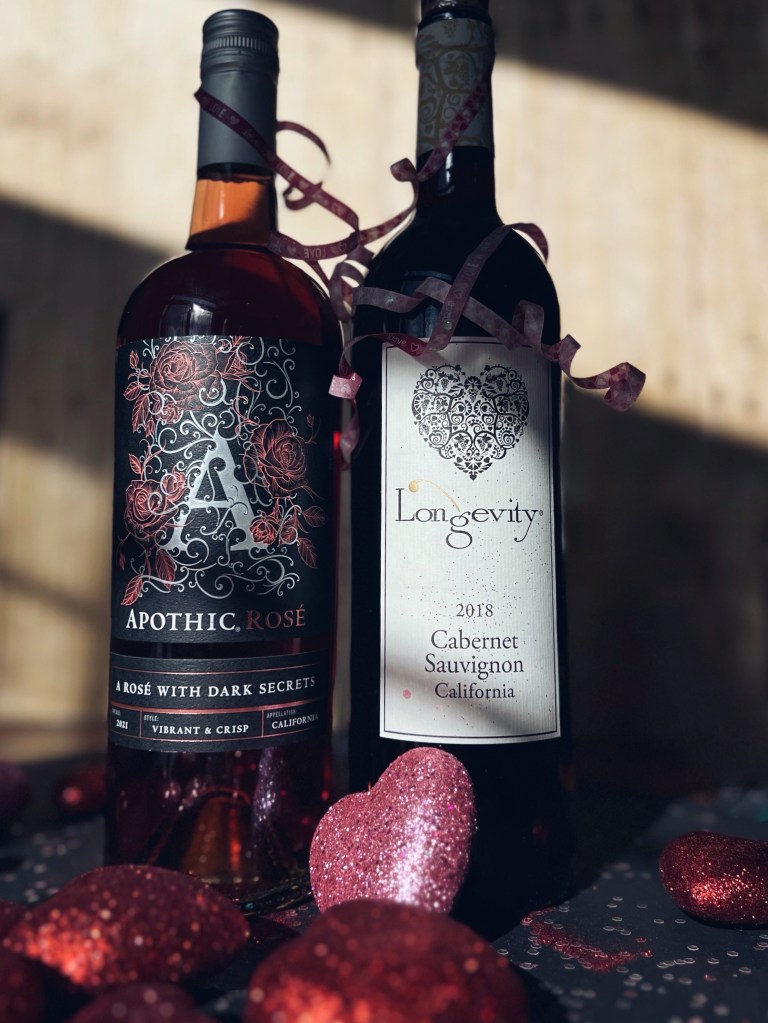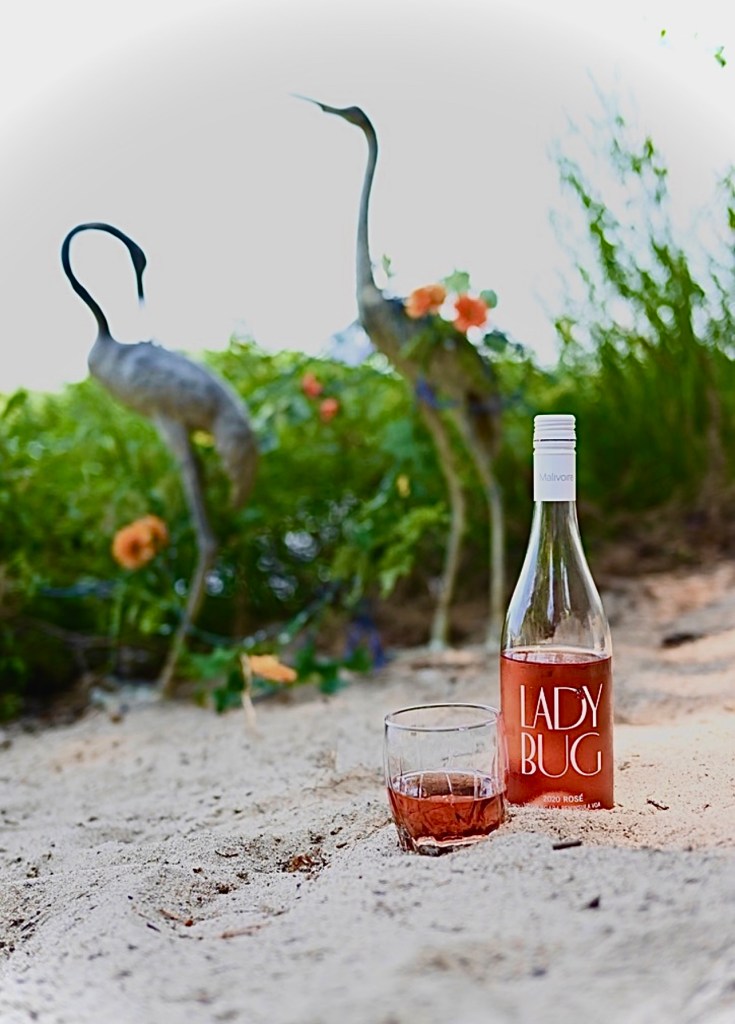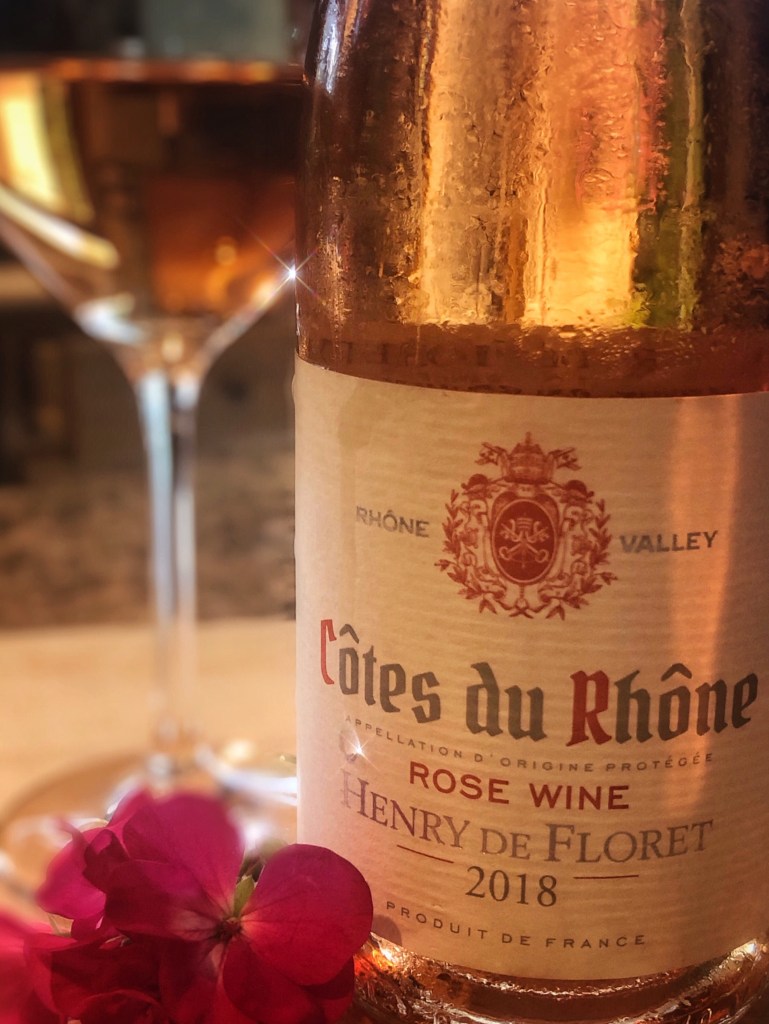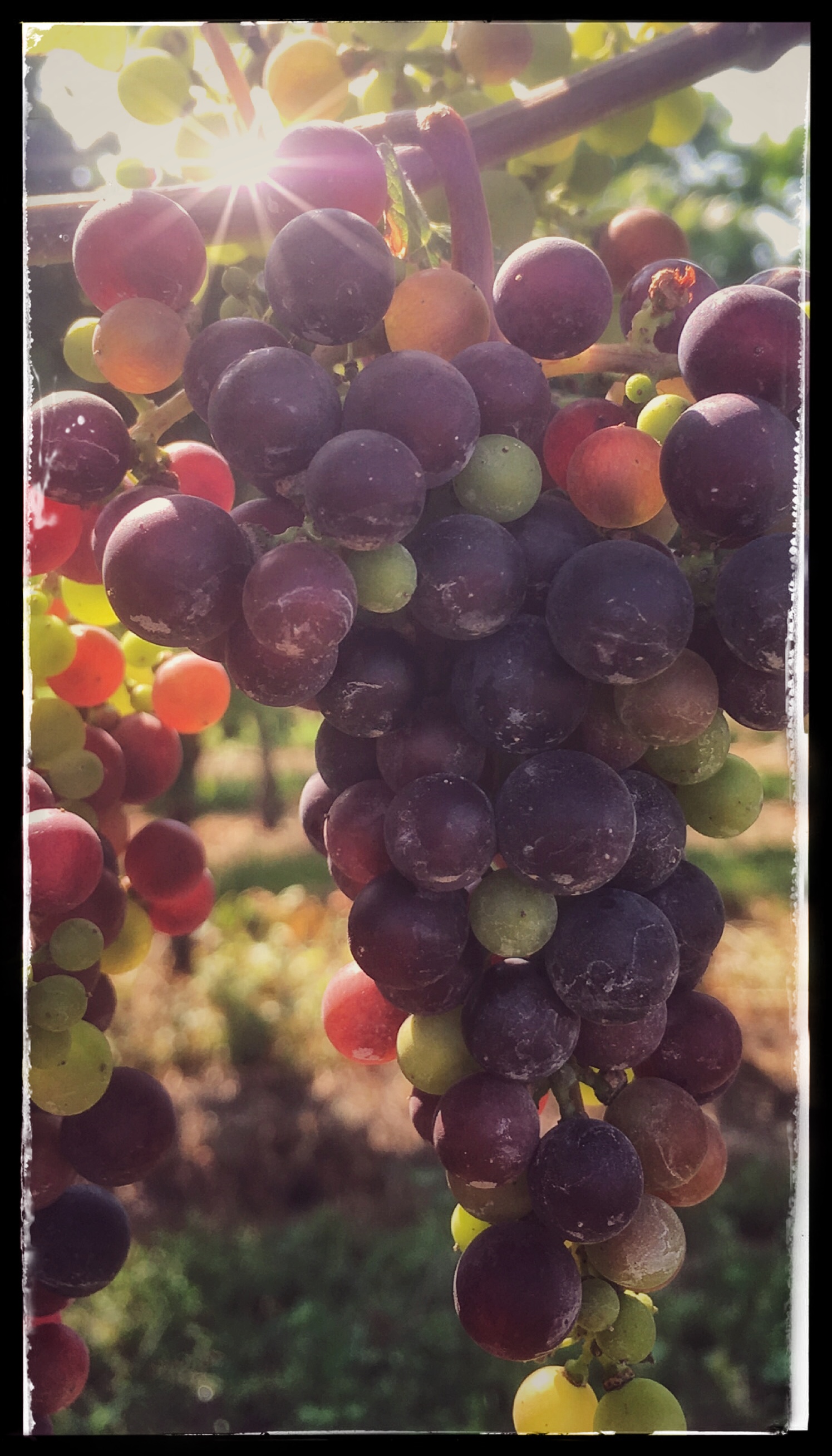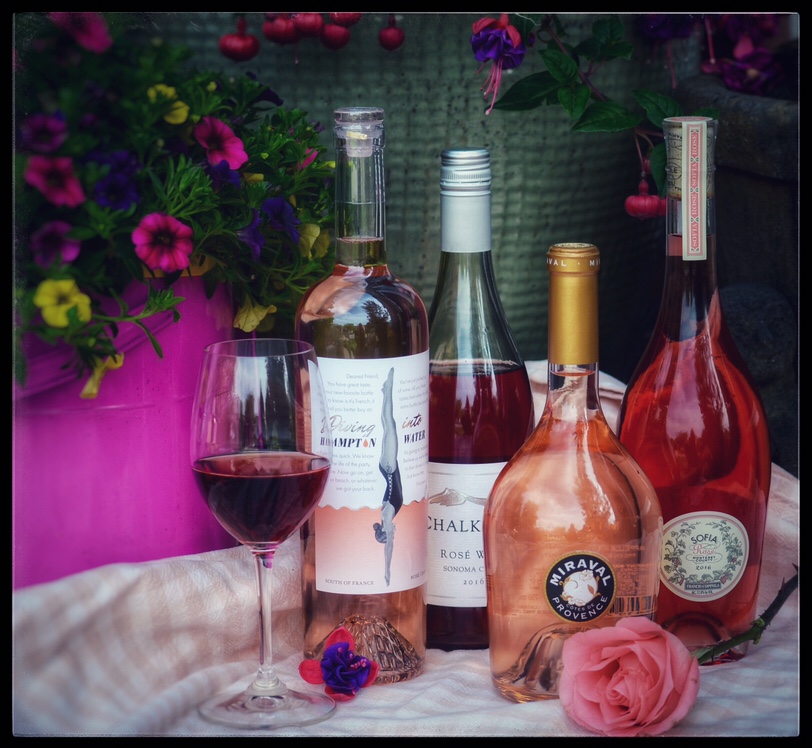
With spring finally here, our thoughts turn to all things fun and rosy. Especially when it comes to wine. Some of us want a bit lighter fare but not necessarily white (not that there’s anything wrong with it). And like wearing white after Memorial Day, it’s now safe to say ok to rosé.
Rosé is a little enigmatic. It had an infamously bad rep for only being cloyingly sweet or watered down red in your glass. Not anymore. Many are made from red grapes but with much shorter amount of skin contact (the amount of time the wine is allowed to rest before the skins are removed). Skin contact gives a red wine its tannin, depth of flavor and color. Typically, most rosé is on the skins for between two and twenty hours, picking up color and a little tannin. Red wine typically rests on skins for a few days to two weeks or longer.
Four Main Methods of Making Rosé:
•Saignee ~ the byproduct of making red wine, some of the wine is drained off after a quick time in contact with the skins.
•Short Maceration ~ the most straightforward way to make rosé. Grapes are crushed and skins soak in cool temperature juice 2-20 hours. juice is then drained off and skins gently pressed prior to fermentation.
•Direct Press ~ S-L-O-W press of whole red grapes which give the broken skins time to give some of their color to juice before fermentation.
•Blending ~ While not generally done, even though it seems like a no-brainer, there are a few rules if this is how you want to make rosé:
*usually done with champagne; adding a bit of red wine to white, for a blush
*raw red and white grapes are mixed together in the same tank prior to fermentation
*adding lees (yeast sediment) from a white wine to fermenting pink juice. The lees sometimes take away some pigment and flavor so it’s not a method that’s widely used.
Also known as the ‘cold soak’, the maceration time for rosé isn’t always necessary but does give the best chance to extract the most color and character from the skins. fermentation vats are chilled to 50˚F (10˚C) ~ this works best for a pale wine. For a rosé with a richer blush, 55 to 65˚F (13 to 18˚C) is preferred.
According to Katherine Cole, most rosé is fermented and aged in stainless steel tanks, especially those that have a brighter, crisper vibe. Others are given time in larger, neutral barrels. Barrels that are smaller and new/toasted impart too much smokey, or woody flavors to the wine. Rosé is favored for its delicate, lightly silky nature– no one wants a campfire in their glass. Barrel-aged rosé is full-bodied and best with hardier foods.
Pretty in Pink
The color of rosé can tell you a lot about where it comes from. Just looking at the hue can tell you something about the varietal, region, and winemaker decisions. For instance, a Tempranillo rosé from Spain can be a light salmon pink, a Sangiovese has a bright, sparkly copper red, the deepest ruby color belongs to Cab Sauv, and Tavel rosé from the Côtes du Rhône. Rosé from Provence is a delicate pink.
Varietals in rosé are many, and it is also produced in exotic locations such as: Sardinia, Greece, Canary Islands, and Israel.
As for flavor, winemakers are spending more time and expertise in coaxing out aromas and tastes that are excellent expressions of the varietals, and regions from which they originate. For instance, a Pinot Noir rosé can have subtle aromas of crabapple, watermelon, strawberry, raspberry and wet stone. Zinfandel (the most popular varietal for rosé) is off-dry, and moderately sweet with flavors of green melon, lemon, cotton candy, and strawberry. Its sweet nature makes it a great entrée to those new to rosé.
I enjoyed Gassier Rosé recently that was a dry style with moderate acid and good fruitiness, with hints of green melon, ripe strawberry, essence of rose petals, and a little spice on the finish that gradually increased as it warmed up.
In general, most range from fruity and floral to savory and rich, which makes them so interesting to pair with a variety of foods.
Hands down, my favorite rosé pairing is with grilled strawberries over angel food cake (with a little sweetened creme fraîche!). Magnifique!
Here’s my handy serve & save chart for you!
Rosé Type
Serve
Save
Sparkling
40-45˚F (5-7˚C)
ice bath (the wine, not you)
Silicone stopper x 2 days
Barrel-aged
55-60˚F (13-18˚C)
leave bottle out 30 mins prior to serving
Recork, refrigerate -drink
w/5 days
Deep Pink
45-55˚F (7-13˚C)
leave chilling, but taste as it warms
Recork, refrigerate – drink
w/ 3 days
Light & Lively
35-40˚F (3-5˚C)
ice bath
You must drink it all that night
Battle of the Celebrity Rosé!
Since so many celebs are getting into the wine game, I wanted to try some star-studded offerings to see what they were like.
Let’s get ready to rumble…!!
The challengers:
•Francis Ford Coppola’s ‘Sophia’ ~ a blend of Syrah, Grenache, and Pinot Noir. Swellegant bottle, too!
•Miraval ~ the couple formerly known as Brangelina... (Mmmkay, so they don’t own the winery that produces it anymore but whatever, they’re in) ~
• He gives Rosé a good name? Jon Bon Jovi’s Diving into Hampton Water~ produced in France in the Languedoc region, it combines 60% Grenache with 15% Cinsault, Mourvédre and 10% Syrah.
• Just to shake things up we threw in a couple of non-celeb rosé: Chalk Hill, and Ménage á Trois.
Let’s see what the a blind tasting revealed ...click the video below to see how the wines measured up!
Full disclosure, while I purchased the wine, I didn’t see the wines when they were placed in the burlap bags, and I didn’t pour them, so I was in the dark as to which was which. And I was really amazed at the big reveal. I admit, I had some preconceptions as to what I figured I would pick. I thought that, for sure, my number one choice would be Coppola’s Sophia; I loved the gorgeous bottle and the beautiful color. And I thought its color would be an indicator of what I would taste. To my surprise, it offered little in terms of flavour and aroma. It tasted as though the grapes were picked in a very rainy harvest; it was very watery despite the beautiful color.
Our big pick had a pretty, amber-pink color with a nice white peach vibe and pleasing mouthfeel. It paired well with a creamy brie and fresh strawberry. With just a little sweetness (surprising because I’m not usually a sweet wine fan). It was a nice sipper and played well with others. If you checked out the video, you’ll know what it is! 😉
Sparkling or still, deep pink or rosy amber, celeb/non-celeb, rosé is one of the big wine trends that’s cool for the summer. It’s refreshing and right for a season of relaxing, reconnecting, and enjoying the summer sun.
Have a safe and happy Memorial Day!
Cheers! 🍷
©️TheWineStudent, 2018
